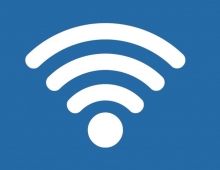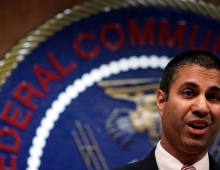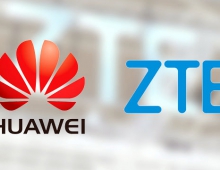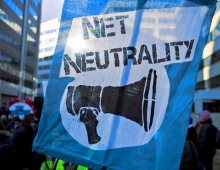
FCC Takes Steps to Open Spectrum Above 95 GHz
The Federal Communications Commission adopted new rules to encourage the development of new communications technologies and expedite the deployment of new services in the spectrum above 95 GHz.
This spectrum has long been considered the outermost horizon of the usable spectrum range, but rapid advancements in radio technology have made these bands especially ripe for new development.
These frequencies can be used for data-intensive high-bandwidth applications as well as imaging and sensing operations. Previously, the FCC had no rules for authorizing communications above 95 GHz, other than by amateur operators or through experiments of limited duration and scope.
The Commission has voted in favor of creating a category of experimental licenses that range from 95GHz to a whopping 3THz. The Spectrum Horizons order would let companies experiment with this ultra-high frequency tech for as long as 10 years, and would make it easier for them to sell real-world products while they're in that test phase.
The item also makes a total of 21.2 gigahertz of spectrum available for use by unlicensed devices. The Commission selected bands with propagation characteristics that will permit large numbers of unlicensed devices to use the spectrum, while limiting the potential for interference to existing governmental and scientific operations in the above-95 GHz bands, such as space research and atmospheric sensing.
These frequencies could lead to extremely fast wireless network data, advanced imaging and very fine-grained sensors, among other purposes. However, you might not want to get your hopes up for a cellphone with terahertz 6G any time soon. The terahertz range would be limited by short ranges and difficulty penetrating objects.





















